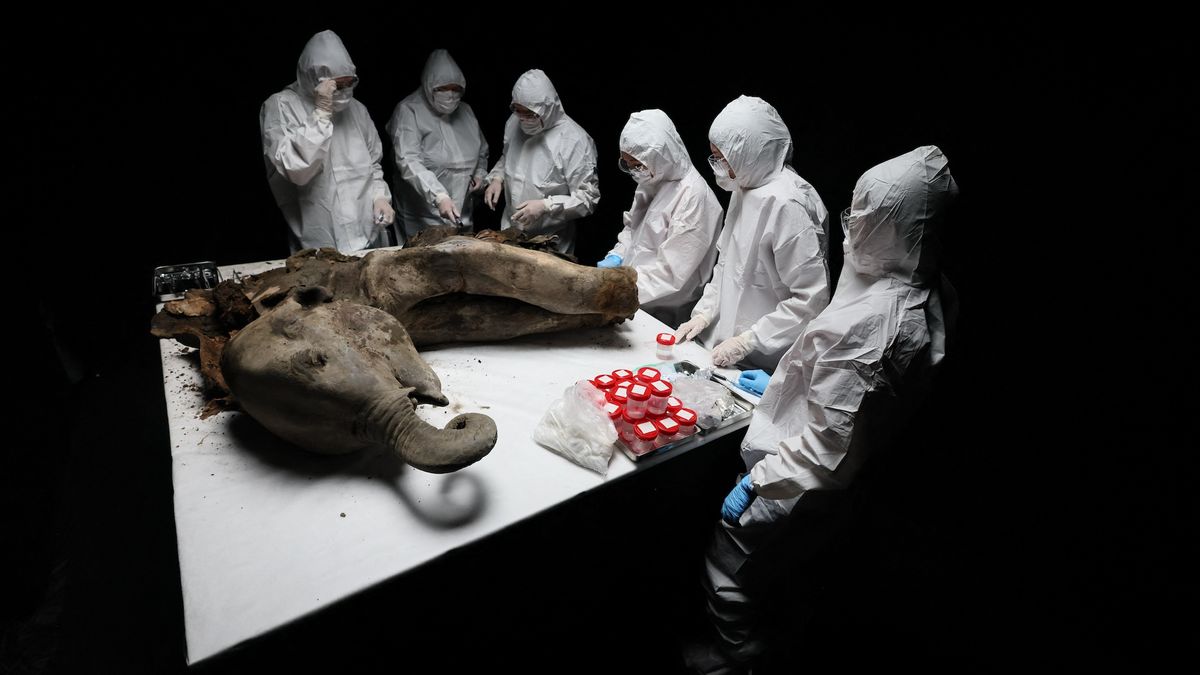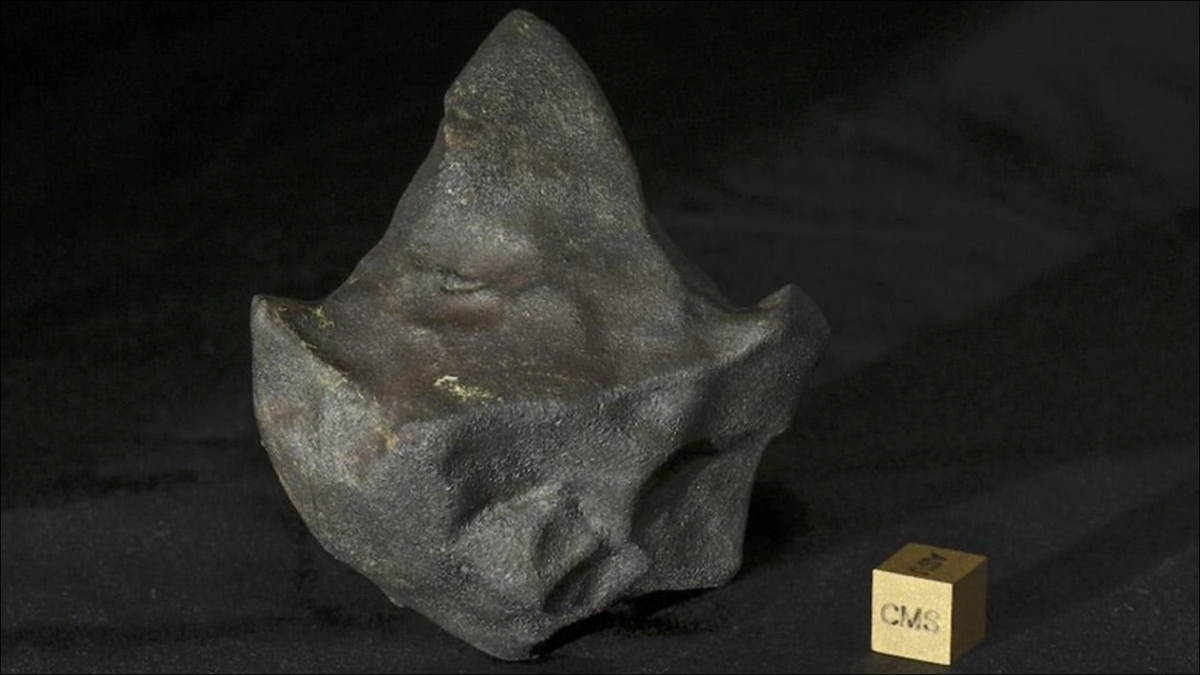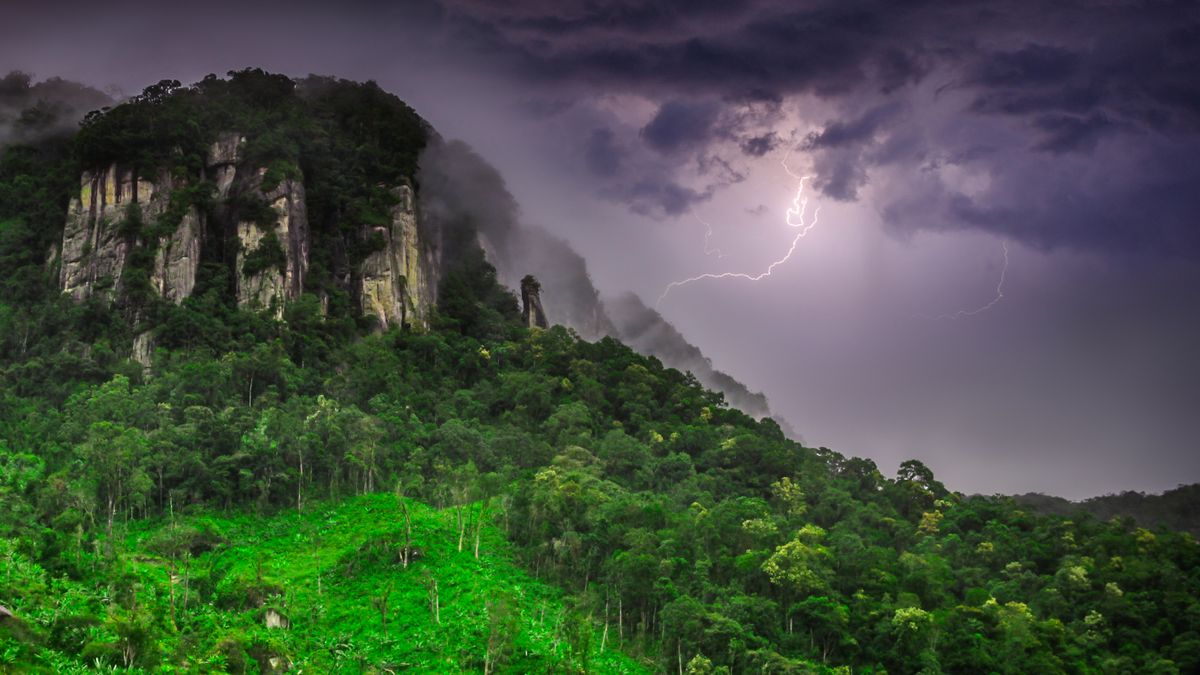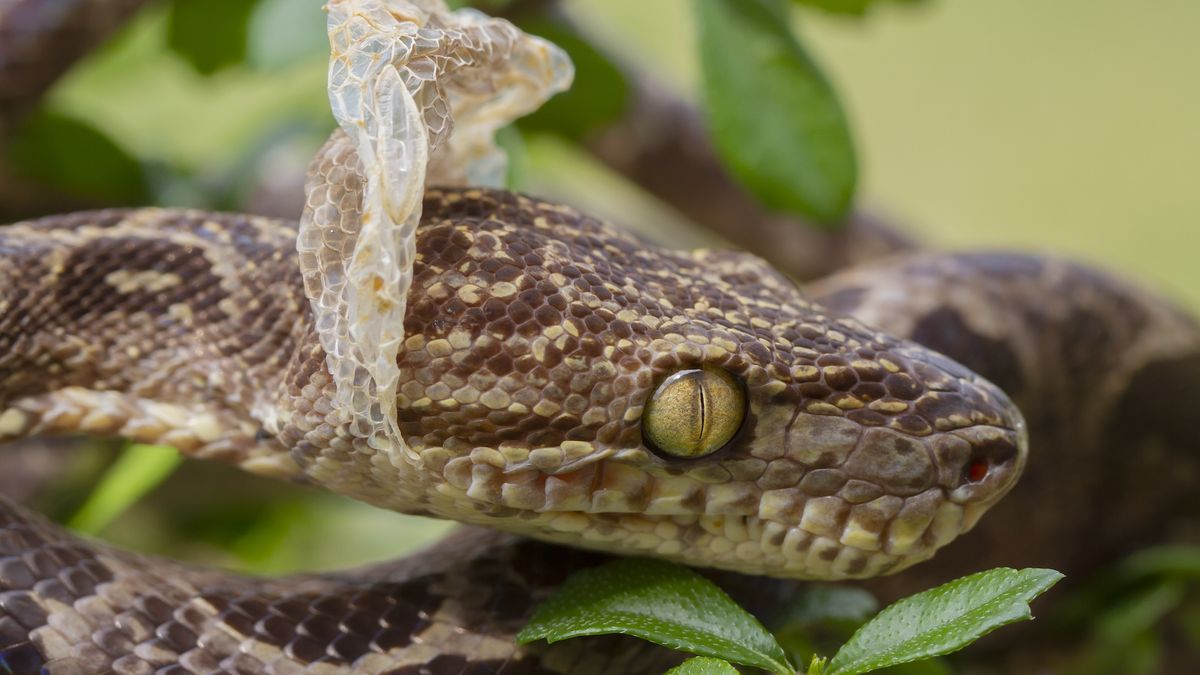Russian scientists have cut open and examined a 130,000-year-old baby mammoth preserved in Siberian permafrost.
The yearling mammoth, nicknamed “Yana,” was first unveiled in December 2024. The researchers who discovered Yana said she was the best-preserved mammoth ever found, the Associated Press reported at the time. The front part of Yana’s body is almost entirely intact and looks very similar to a baby elephant.
Researchers took a closer look at Yana by performing a necropsy — the animal equivalent of an autopsy. The necropsy took several hours and was conducted in late March at the Mammoth Museum in North-Eastern Federal University in Yakutsk, according to reporting by Agence France-Presse (AFP), a French news agency, via France 24.
This necropsy “is an opportunity to look into the past of our planet,” Artemiy Goncharov, head of the functional genomics and proteomics of microorganisms laboratory at the Institute of Experimental Medicine in Russia, told AFP.
Related: ‘Closer than people think’: Woolly mammoth ‘de-extinction’ is nearing reality — and we have no idea what happens next
Yana was encased in permafrost, or permanently frozen earth, for millennia until climate change thawed that permafrost and exposed her carcass. The front part of her body started to tumble down a cliff, but she was held in place by her hindquarters, which remained embedded in the earth, AFP reported.
During the necropsy, researchers spent several hours examining Yana’s remains. The mammoth smelled like a “mixture of fermented earth and flesh,” according to AFP’s reporting. Yana’s carcass was 3.9 feet (1.2 meters) tall at the shoulder and weighed almost 400 pounds (180 kilograms). Her head and trunk were intact, and the researchers were able to locate her milk tusks. These tusks fall out as the mammoth matures, just as baby teeth do in humans, AFP reported. The researchers also identified Yana’s internal organs.
“We can see that many organs and tissues are very well preserved,” Goncharov said. “The digestive tract is partly preserved, the stomach is preserved. There are still fragments of the intestines, in particular the colon,” enabling scientists to take samples of Yana’s last meal.
Researchers hope to find unique bacteria on Yana and analyze the plants and spores she consumed in life to learn more about her ancient environment and the relationship between ancient and modern microorganisms.
Researchers haven’t yet determined why Yana died so young, but they know modern humans (Homo sapiens) weren’t involved. Modern humans didn’t arrive in Siberia until at least 30,000 years ago, some 100,000 years after Yana died.
Mammoth quiz: Test your knowledge of the ice age beasts













